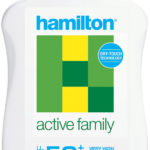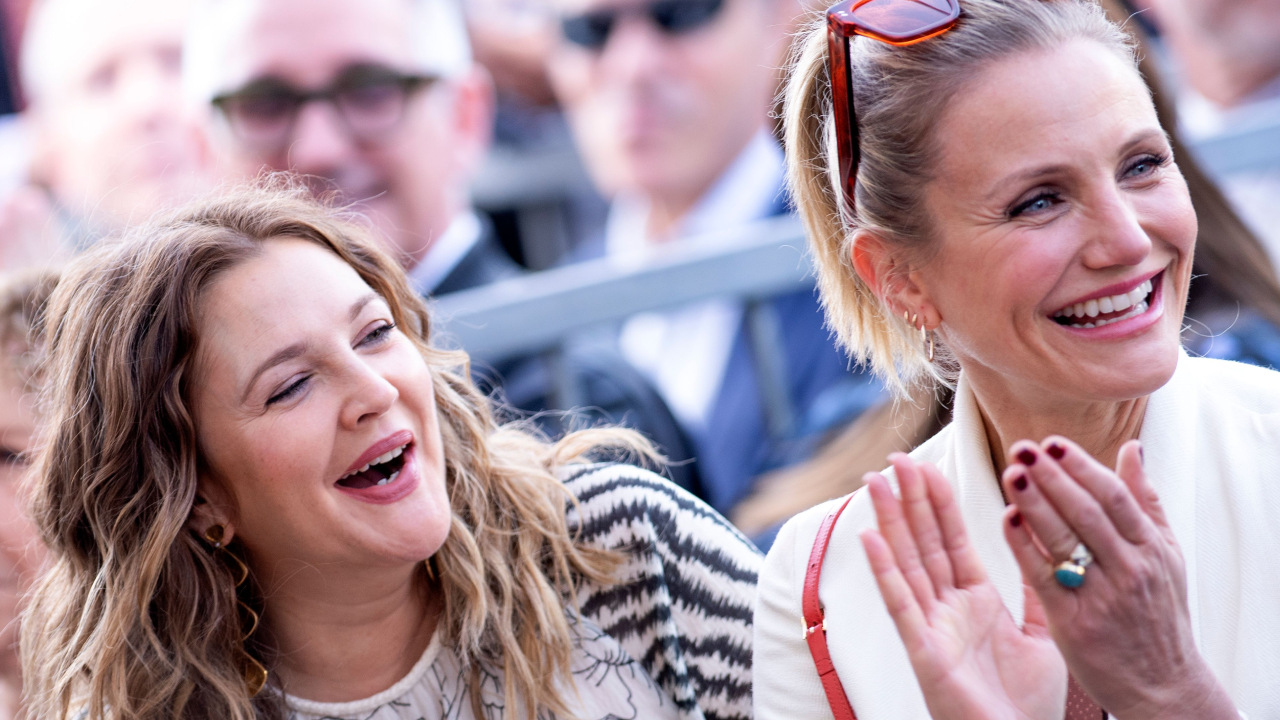I’ve always wanted to know how to start running. I see all those runners out there, pounding the pavement on their way to work, doing half marathons on the weekend or just having a casual Sunday Runday on the Bondi to Bronte. They’re always huffing and puffing away, but for some reason that I’ve never understood, they all just love it. Runners are constantly talking about their latest run and beating their best time – not to mention that elusive ‘runner’s high’ that they all bang on about.
RELATED: Why you should try a HIIT workout
RELATED: We try Orange Theory fitness
I hate heart-pounding, breathless cardio, but I have to admit that I’ve got major FOMO when it comes to running. Other runners are always shaking their head at my feeble protests about hating cardio, saying that I just need to start to run and I’ll soon become a convert too.
Well I don’t know if I can see that happening, but I’m also stubborn and willing to go really far to prove a point. So I decided to call the running squad’s bluff and give it a go. But first, I need to figure out how to start running. Do I need special shoes? Do I just go all out and sign up for a marathon? It was clear I needed guidance, so I consulted Ben Lucas, who is the owner and co-founder of Flow Athletic and who once ran 35 marathons and 5 ultra marathons all over the world in the space of five years. So if you’re wanting to get into running too, here’s the ultimate beginner’s guide to get you started.
Why should I get into running?

According to Ben, there are a whole host of reasons we should get into running. The most appealing one to me was the fact that it’s free. Gym memberships can be seriously exxy and I’m a modern girl living in one of the most expensive cities in the world, so I’m all about pinching pennies where I can. And as Ben told me, you can run anywhere and at anytime without PayPass-ing anything, so that’s definitely a bonus.
“It’s also an awesome way to see a new place or suburb or city,” says Ben. “And it’s a good activity to do both socially with a group or with a friend, but also individually, so you can really zone out and think. You can also get competitive with it – there are literally hundreds of events around Australia so signing up to one will give you something to train for to keep you motivated.”
Then there’s the physical benefits of running. The most obvious one is your cardiovascular health, which can be boosted with all that heart-pumping exertion. It’s an excellent way to torch calories too, so it’ll keep your weight under control and better your overall cholesterol levels, and it can also improve your bone health, immune system and your lung capacity.
Mentally, running also gets a gold star. If you’ve been feeling super stressed out lately, running can help to reduce your stress levels and fight depression as it helps to release beta endorphins. Or if you’ve got a major exam or presentation coming up, running may be able to give you better mental clarity. “Running can sharpen and improve mental stamina by giving circulation a book and increasing blood to the brain,” agrees Ben.
The first run – what you need and where to start

So you’re convinced and ready to start to run. But before you hit the ground running (all puns very much intended), Ben says you’ll need to add a few things to cart. “Good running shoes that are right for your individual foot and gait are essential,” he says. “If you don’t know exactly what you need, I would suggest going to a store that has trained professionals who can help analyse your foot, or better still, a podiatrist.”
You’ll also want good, moisture-wicking gym gear that pulls all that sweat away from your body when you run, and a motivating playlist if you need distraction. Guys will also need an extra running accessory – nipple tape. “It’s essential if you are going to be running a long distance,” Ben advises. “You don’t want to learn that one the hard way!” Treat him to the Hollywood Fashion Tape Satin Nipple Covers for the ultimate comfort.
Now you’re geared up, let’s hit the pavement. Ben suggests taking it easy for your first time. “Start slow and build up your kilometres gradually as you don’t want to get injured right from the start. 5km is a good place to start and you can start gradually building up your distance from there,” he says. “If you are starting out perhaps start with running for 30 minutes, three times per week.”
To the pavement and beyond

You’ve made it – you’re out on a run and it’s all been going well. Then, all of a sudden you just don’t want to keep going. And even though you know your body has more to give to the run, you can’t help thinking that you just want to stop. This type of mental barrier is common in running, and Ben says it’s all about mind over matter.
“Work on your mental toughness when running,” he says. “This is hard but you have done other hard things in your life outside of running so you can do it. It also helps to visualise your run – have an idea of where you want to run to prior to starting out and try your best to finish what you intend to do, even if you have to walk some of it. Eventually you will get better at this distance, ultimately helping you get past the mental barrier.” And when all else fails? A killer playlist or gripping podcast can work wonders for distraction.
Once you’ve smashed your run time, make sure you’re taking the time to cool down after. “Don’t forget to recover! Good nutrition, foam roller, yoga, and massages are all good for runners,” suggests Ben. Try glute, hamstring, quad and calf stretches for post-run recovery.
Been running for a few weeks and still can’t seem to get into it? Ben has some ideas for ways that you can mix it up and feel that motivation.
- Fartlek training is a training method that blends continuous training with interval training. It is a very simple form of long distance run. Fartlek training is defined as periods of fast running intermixed with periods of slower running.
- Sprint training is where you do a quick sprint, say 80- 100 metres, then you rest briefly before sprinting again. Both sprint and fartlek training stimulate neuromuscular changes that will ultimately help you boost your speed and improve your stride.
- Hill sprint day Find a hill that is 100- 200 metres long. Sprint up the hill and walk back
- Otherwise, feel free to run 100m and walk 100m in an interval style training. This can be fun as it is a bit of a game, it can also help you build up your mental toughness
And if you’re still not feeling it, or even if you’re a Usain Bolt in the making, joining a run club can help to keep you focused on running. “Joining a run club when you are beginning is fun, a good way to stay motivated and a great way to be involved in a like-minded community,” agrees Ben.
Lastly, don’t forget to stock up on run-friendly beauty essentials! We love Clinique CliniqueFit Workout Face+Body Hydrating Spray, Aveda Shampure Dry Shampoo, Hamilton Active Family Lotion Sunscreenand Palmolive Mennen Lady Speedstick Deodorant Cool & Fresh.
See you on the athletics track!
Have you tried running?







Defiitely get good running shoes to save your feet and ankles.
I hate running but whoever I speak to about that they say how good it feels and that ones you start you can’t stop. I might give it a go.
I can walk all day, no problems. I’m certainly not unfit. But I can’t run. Not even a short distance. It kills me! One of my sons loves to run and he’s become very fit and trim from doing so.
My running days are long gone; walking is great